
Shutterstock
Great White Sharks, often feared for their imposing size and powerful presence in the ocean, are among the most fascinating and misunderstood creatures of the marine world. These apex predators, known for their distinctive white underbellies and sharp, triangular teeth, play a crucial role in maintaining the balance of marine ecosystems. Despite their fierce reputation, Great White Sharks exhibit complex behaviors that extend beyond their predatory nature, including intricate social structures and remarkable migratory patterns. Efforts to conserve and understand these magnificent creatures are vital for their survival and the health of our oceans.
Massive Size
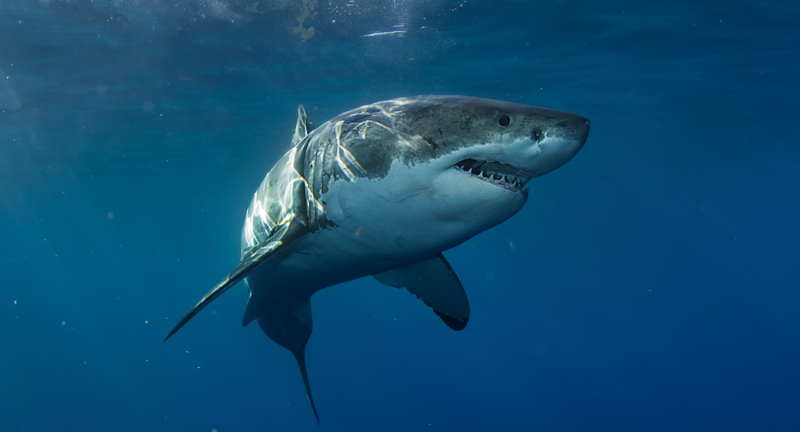
Shutterstock
Great White Sharks are among the largest predatory fish in the ocean. They can grow to an average of 15 feet in length, though some individuals have been recorded at lengths of over 20 feet. Their size gives them a dominating presence in their marine habitats, allowing them to be apex predators.
Powerful Jaws
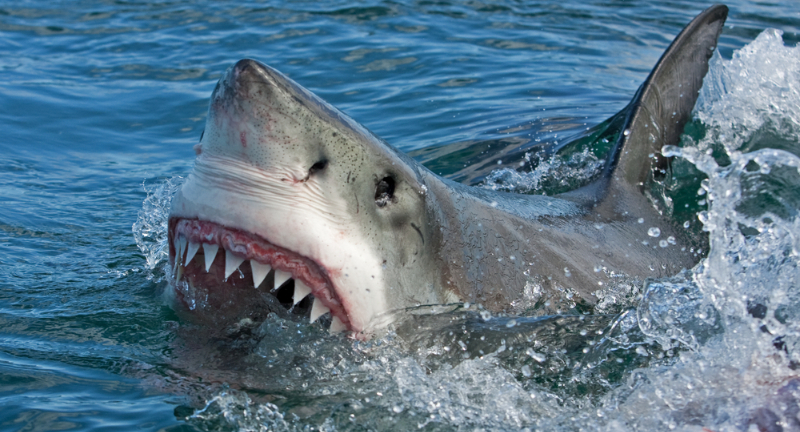
Shutterstock
Equipped with formidable jaws, Great White Sharks have a bite force of over 4,000 PSI (pounds per square inch). This immense power, combined with their sharp, serrated teeth, allows them to bite through thick skin, blubber, and even bone, making them highly effective hunters.
Apex Predators
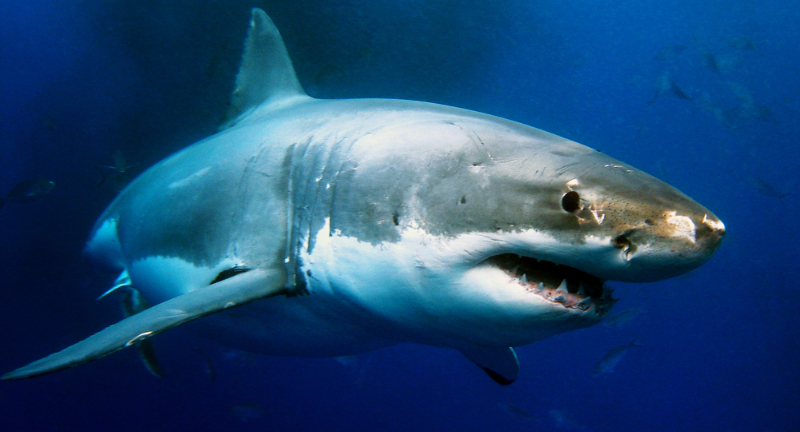
Shutterstock
As apex predators, Great White Sharks play a crucial role in maintaining the health of marine ecosystems. They help regulate the populations of other species, ensuring biodiversity. Their presence at the top of the food chain means they have few natural predators.
Electroreception
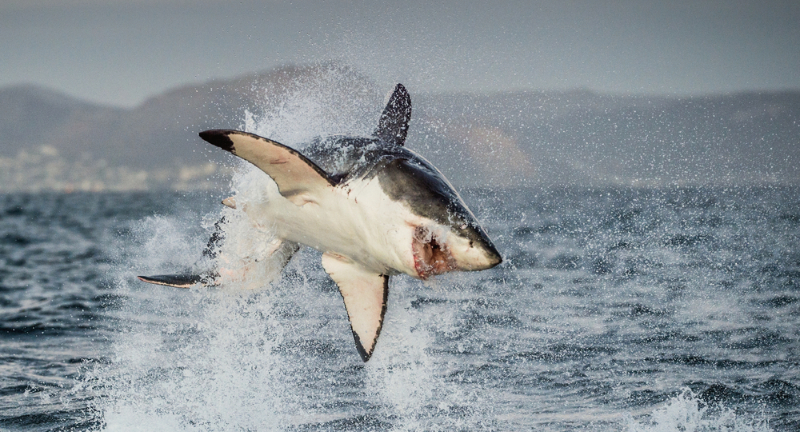
Shutterstock
Great White Sharks possess a sixth sense known as electroreception. They can detect the electromagnetic fields emitted by the movements of other creatures, thanks to special sensory organs called the ampullae of Lorenzini. This ability helps them locate prey even in murky waters or hidden in sand.
Solitary Hunters
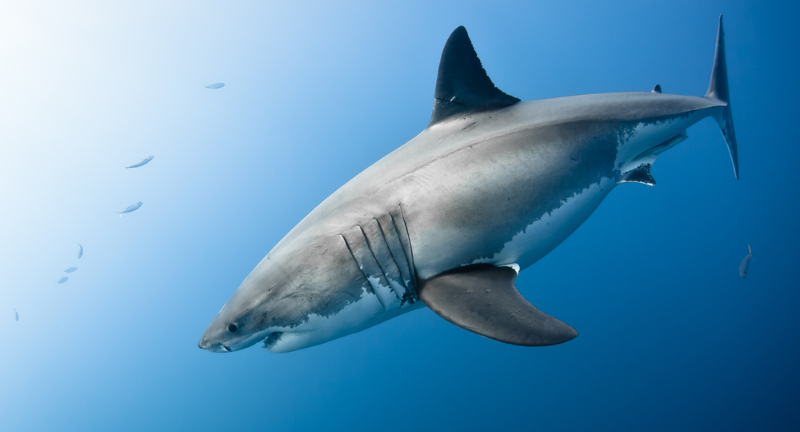
Shutterstock
While they are occasionally seen in pairs or small groups, Great White Sharks are largely solitary hunters. They roam the oceans alone, covering vast distances in search of food. Their solitary nature contributes to their mystique and makes them difficult to study.
Incredible Speed
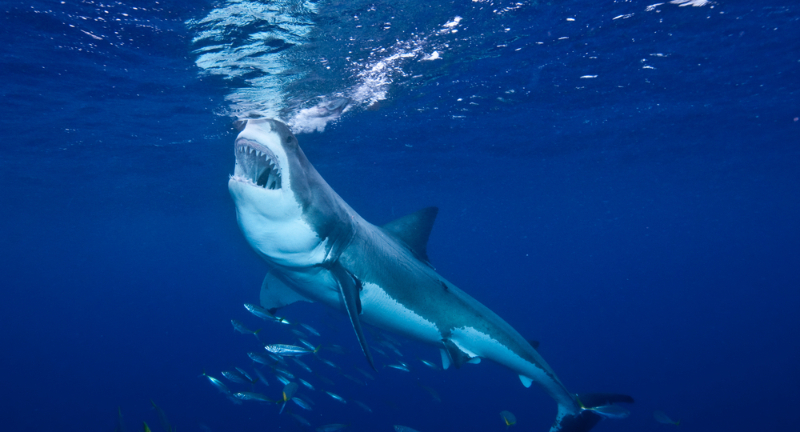
Shutterstock
Great White Sharks can swim at speeds of up to 15 miles per hour. This speed, combined with their power, allows them to launch surprise attacks on their prey, often propelling themselves out of the water during these explosive breaches.
Warm-Blooded Fish
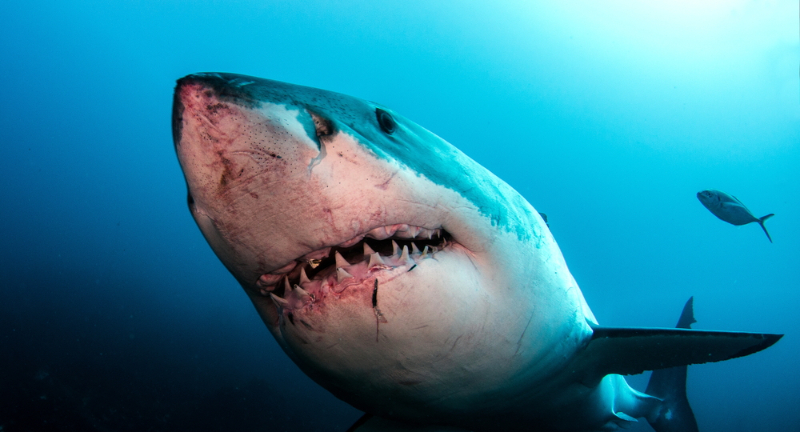
Shutterstock
Unlike most fish, Great White Sharks are partially warm-blooded. This adaptation allows them to maintain a body temperature slightly warmer than the surrounding water, enabling them to hunt in colder waters where their prey might not expect them.
Longevity
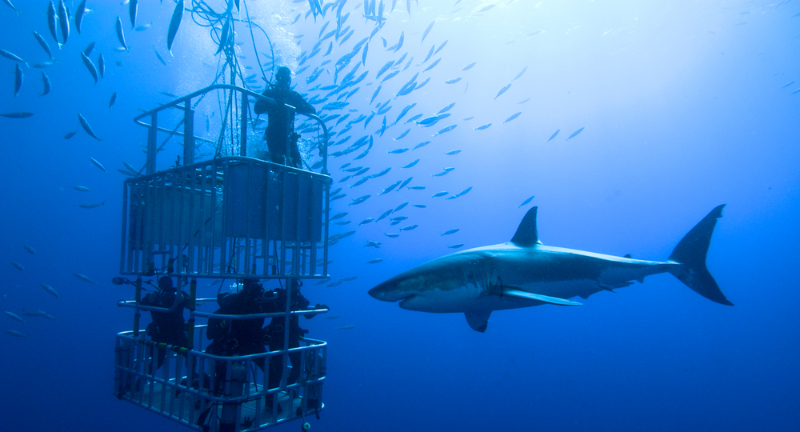
Shutterstock
Great White Sharks have a relatively long lifespan, with some individuals living for over 70 years. However, their exact lifespan is difficult to determine due to the challenges in studying these elusive creatures in their natural habitats.
Global Distribution
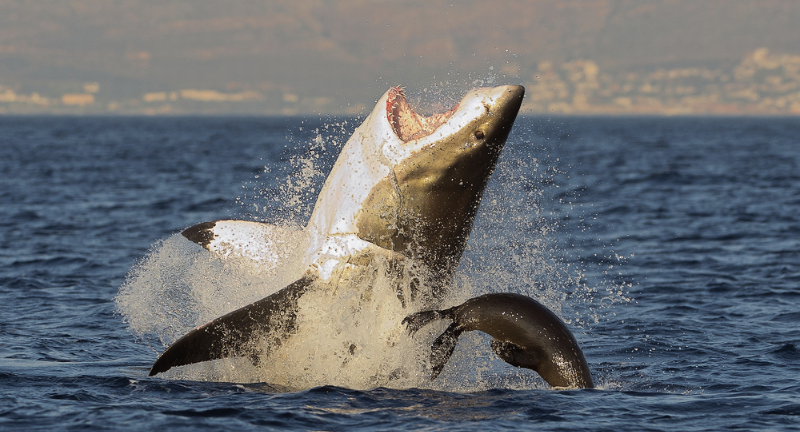
Shutterstock
Great White Sharks are found in almost all coastal and offshore waters with temperatures between 12 and 24°C. They have a wide range, from the frigid waters off the coast of Canada to the warmer waters of the Caribbean and Mediterranean Seas.
Conservation Status
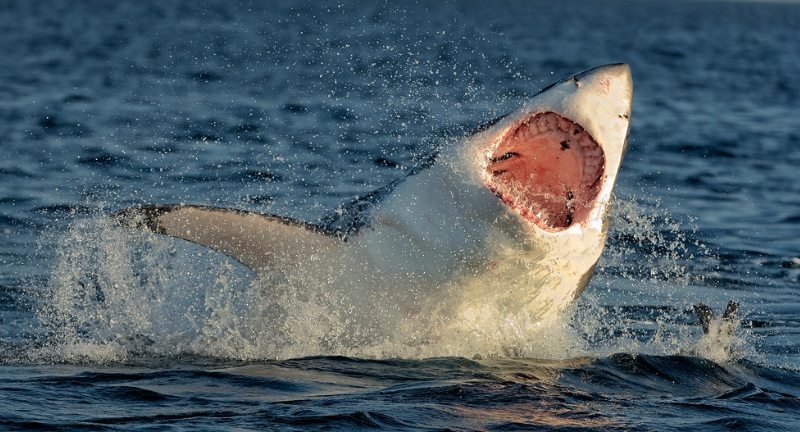
Shutterstock
The Great White Shark is listed as Vulnerable by the International Union for Conservation of Nature (IUCN). Threats include targeted fishing, bycatch in other fisheries, and habitat degradation. Conservation efforts are crucial for their survival.
Diverse Diet
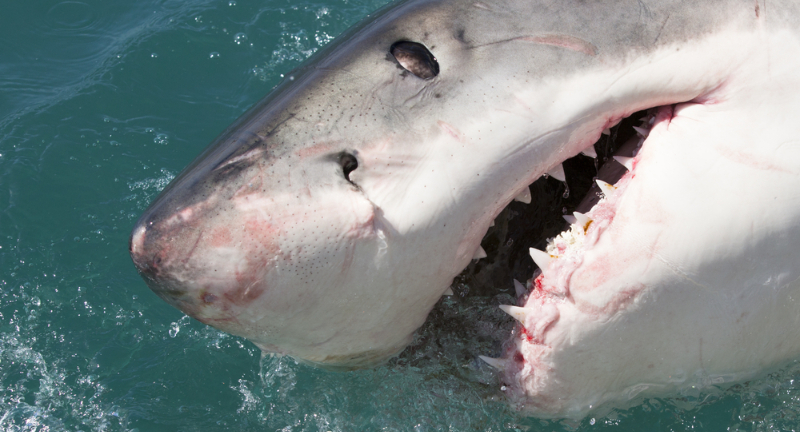
Shutterstock
Their diet is varied, including fish, rays, other sharks, seals, sea lions, and occasionally, whales. Great White Sharks are known for their dramatic hunting techniques, such as breaching the water’s surface to catch seals.
Misunderstood Creatures
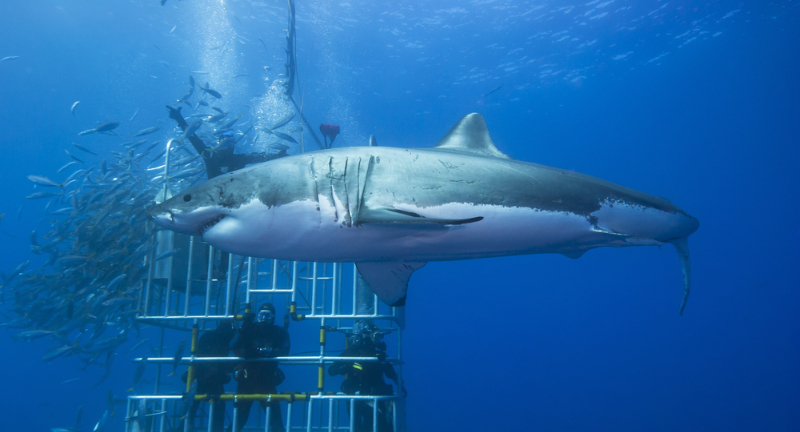
Shutterstock
Despite their fearsome reputation, Great White Sharks are not the mindless killers often portrayed in media. Attacks on humans are extremely rare and often result from curiosity rather than predatory aggression. Efforts to educate the public on their true nature are ongoing.
Reproductive Habits
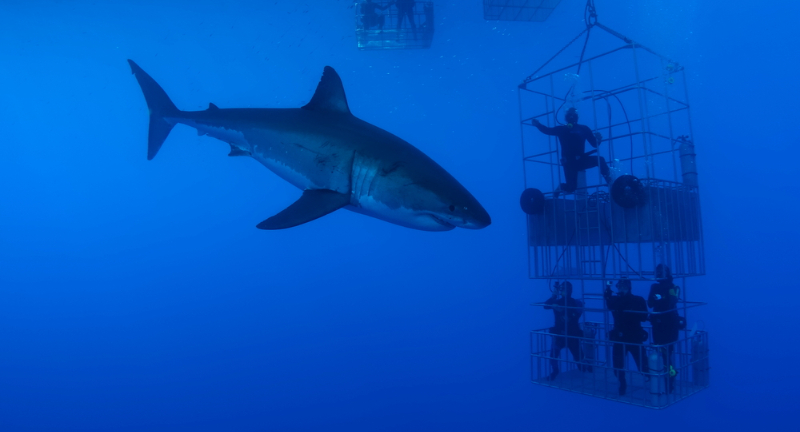
Shutterstock
Great White Sharks are ovoviviparous, meaning their eggs hatch inside the female’s body, and she gives birth to live young. However, much about their reproduction, including mating behaviors and birthing grounds, remains a mystery.
Migration Patterns
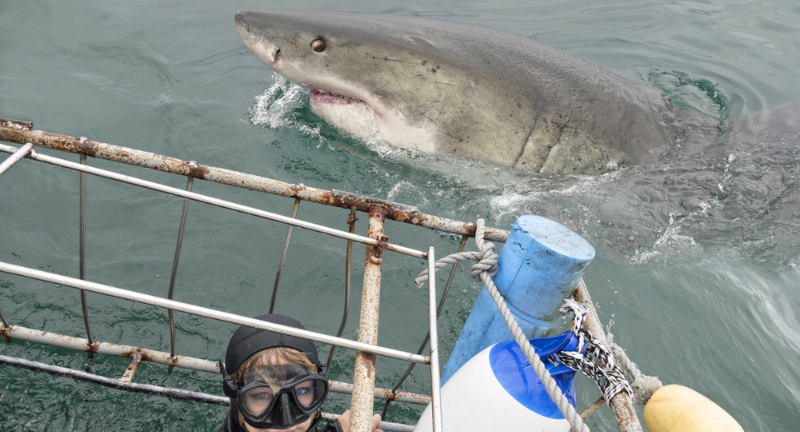
Shutterstock
These sharks exhibit complex migration patterns, often traveling thousands of miles. They undertake these migrations for reasons such as searching for food, finding mates, or reaching birthing grounds, indicating a high level of navigational skill.
Sensory Adaptations
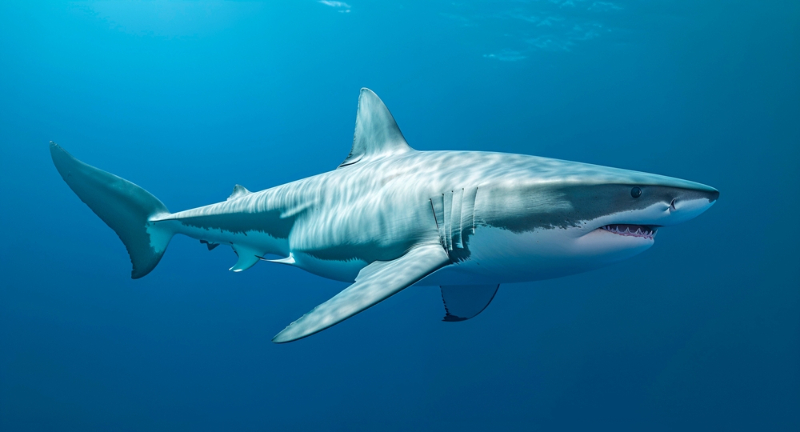
Shutterstock
Great White Sharks have highly developed senses, including acute vision, sensitive hearing, and an extraordinary sense of smell. They can detect a single drop of blood in 25 gallons of water and can sense tiny amounts of chemicals released by potential prey.
Cultural Significance
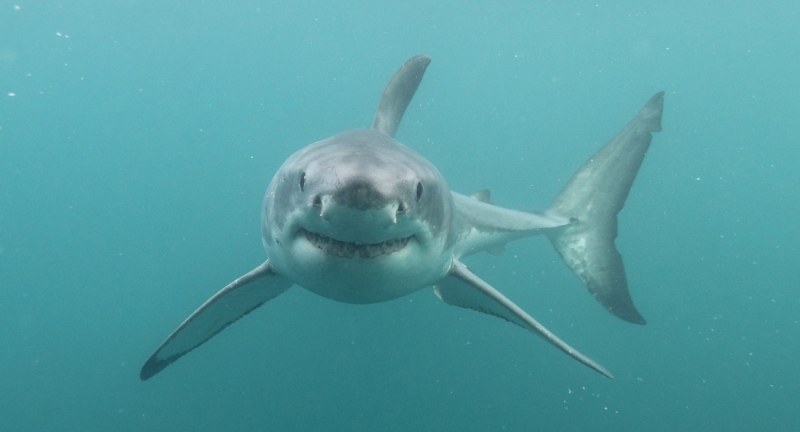
Shutterstock
Great White Sharks hold significant cultural importance in many societies, symbolizing power, strength, and mystery. They feature prominently in literature, film, and folklore, often embodying the fears and fascination humans have with the sea.
Tagging and Monitoring
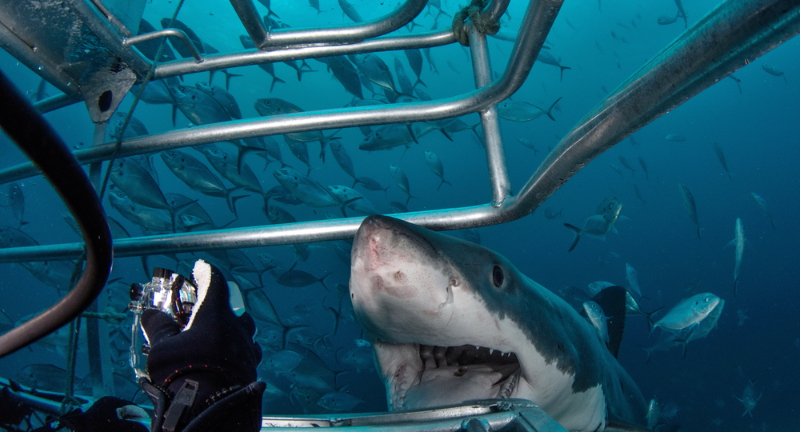
Shutterstock
Scientists use satellite tagging to monitor Great White Sharks, gaining valuable data on their movements, behaviors, and habitats. This technology has unveiled surprising information about their depth preferences, with some individuals diving to depths of over 1,200 meters.
Unique Identification
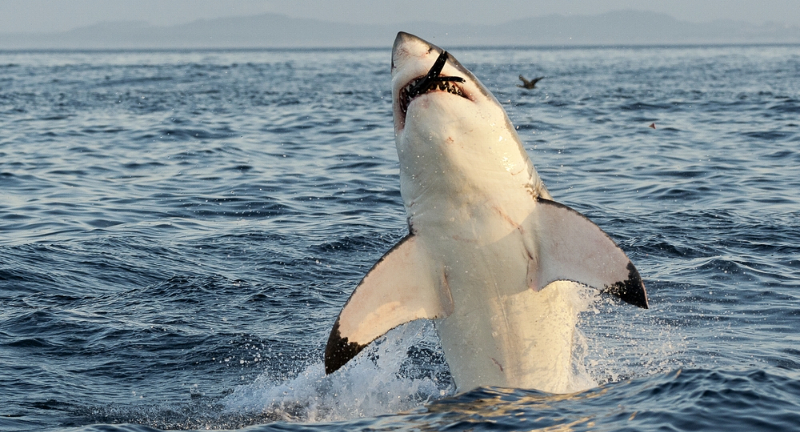
Shutterstock
Each Great White Shark has a unique pattern of notches and scars on their dorsal fin, allowing researchers to identify individuals. This method of identification is crucial for studying their population dynamics and social structures.
Breaching Behavior
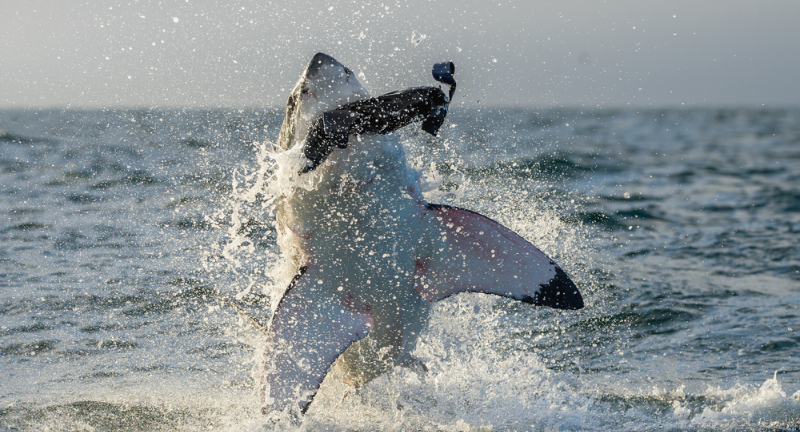
Shutterstock
One of the most spectacular behaviors of the Great White Shark is breaching, where they leap out of the water to catch fast-moving prey like seals. This behavior is not only a testament to their hunting skill but also to their power and agility.
Risk from Plastic Pollution
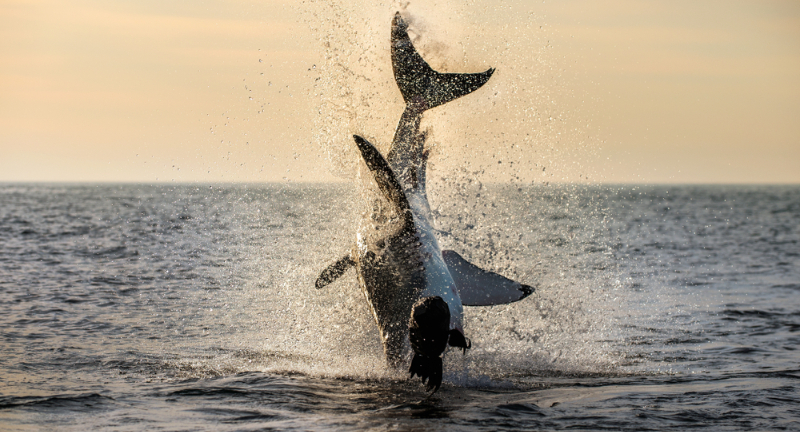
Shutterstock
Great White Sharks, like many marine species, are at risk from plastic pollution. Ingesting plastic debris can lead to internal injuries, starvation, and even death, highlighting the importance of reducing plastic waste in our oceans.
Nursery Areas
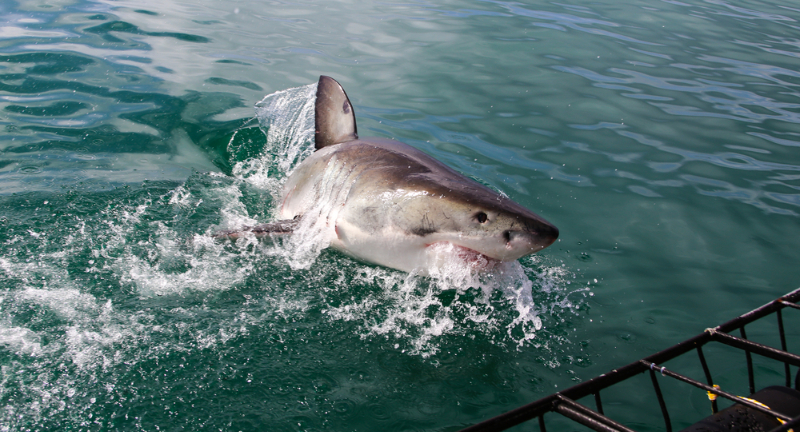
Shutterstock
Research has identified specific nursery areas for Great White Sharks, where young sharks are more prevalent. These areas offer abundant food and reduced threats from larger predators, crucial for the survival of juveniles.
Keystone Species
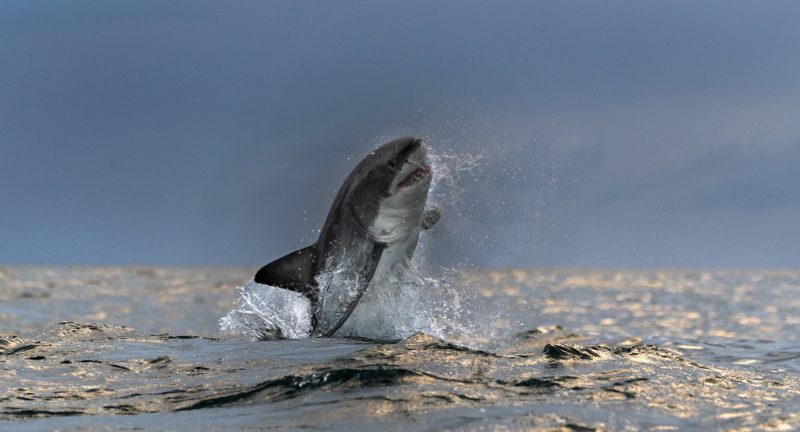
Shutterstock
As keystone species, Great White Sharks have a disproportionate impact on their environment. Their role in controlling the population of marine mammals ensures the stability of marine ecosystems, proving their importance beyond mere fascination.
Social Behavior
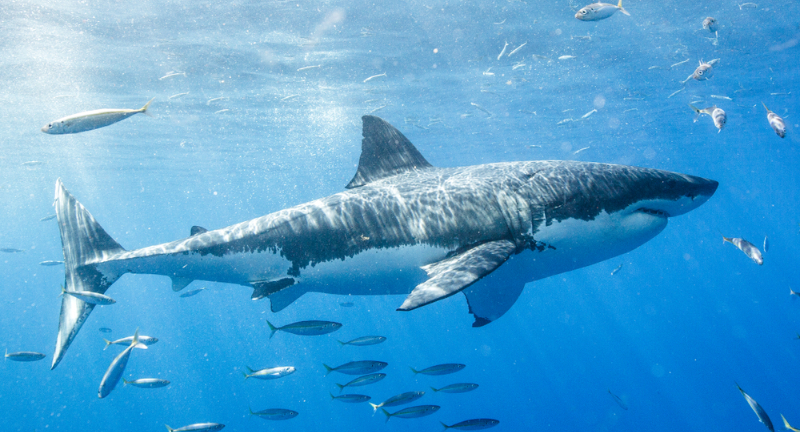
Shutterstock
Though primarily solitary, Great White Sharks have been observed displaying forms of social behavior, including hierarchies based on size and sex. These interactions are complex and challenge the notion of sharks as solitary predators.
Shark Finning Threat
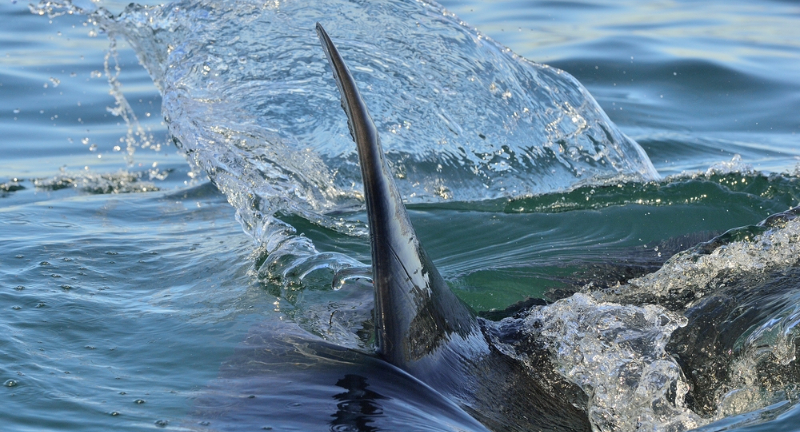
Shutterstock
Shark finning, the practice of removing a shark’s fins and discarding the body at sea, poses a significant threat to Great White Shark populations. This inhumane practice is driven by the demand for shark fin soup, a delicacy in some cultures.
Conservation Efforts
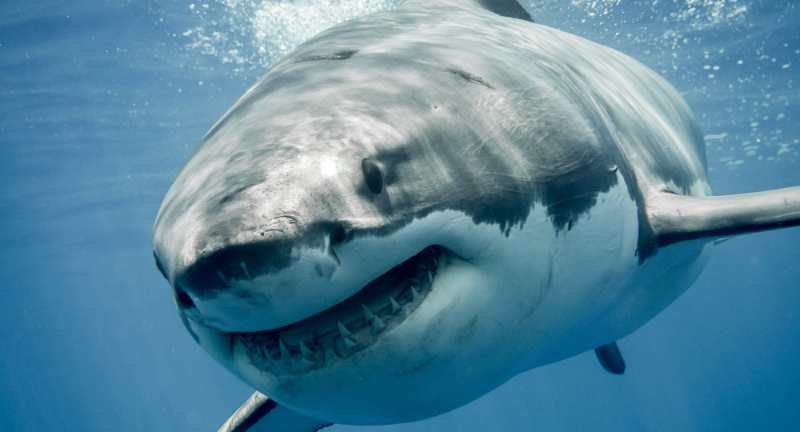
Shutterstock
Conservation efforts for Great White Sharks include protective legislation, public education, and scientific research. These measures aim to protect sharks from overfishing, bycatch, and habitat destruction, ensuring these magnificent creatures continue to thrive in our oceans.
Conclusion
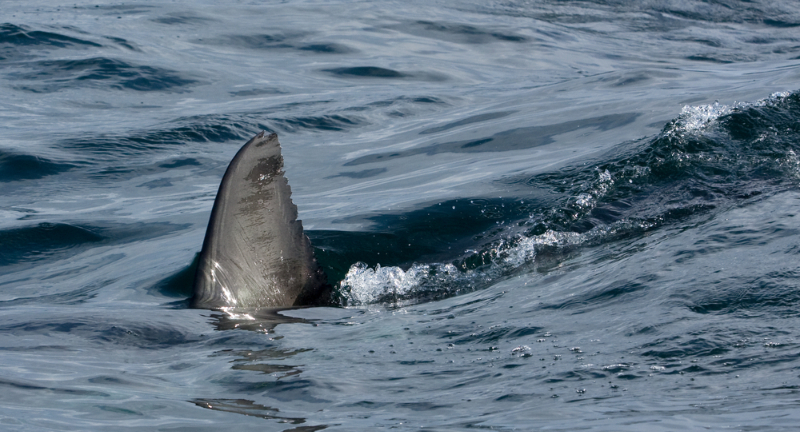
Shutterstock
Great White Sharks are far more than the menacing figures often portrayed in popular culture; they are essential components of the ocean’s ecological balance, serving as apex predators and keystone species. Their diverse behaviors, ranging from solitary hunting to complex social interactions, underscore the sophistication of these marine giants. However, threats such as plastic pollution, shark finning, and habitat destruction put these magnificent creatures at risk. It is imperative that conservation efforts continue to protect Great White Sharks, ensuring their survival and the health of marine ecosystems worldwide. Through education, research, and protective legislation, we can preserve the legacy of these remarkable predators for future generations to marvel at and learn from.

























































